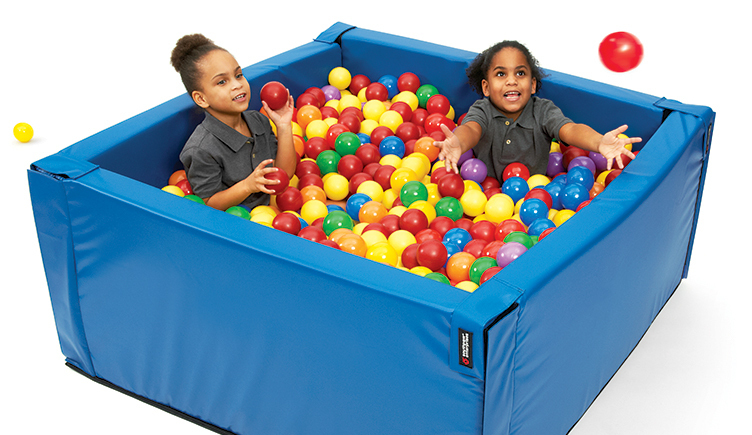Have you ever wondered if we are really teaching our children the right things? I am not talking just about academics, but life too. As I look across the span of my children and their friends, I am realizing that we are not spending the time teaching our children what they “really” need in life. I often hear the phrase, “kids are so smart these days,” but are they really? They are exposed to a lot of things because of media and technology, but are they really strong learners? Do they know how to problem solve? Do they know how look for solutions or ask for help? I am not sure how many of us can answer “yes” to these questions. However, we carry some very high expectations of our kids.
These expectations are causing our children to develop or increase anxiety. Starting at a young age, we are signing our children up for multiple activities, guiding them into what they will like or become versus giving them opportunity to have free time to explore who they are and what they like. We are stressing academics, telling them they have to focus more on the end result of the grade versus encouraging them to explore and become lifelong learners. These behaviors are limiting their abilities to become true problem solvers in life and in the classroom.
As we observe younger child becoming anxious about new situations, or teenagers carrying stress and anxieties that they don’t need to bear, it’s time for us to look at ways to encourage our children to be problem solvers, giving them the tools to handle new and stressful situations with greater ease. Occupational therapists are seeing more and more students and clients who have goals be less anxious, more organized, or more confident. Although these can all be addressed in therapy, they are often hard to measure progress for, or are seen as not being educationally based. But with the right focus early on, these concerns could be lessened for many children.
Ways to achieve this goal could include:
- Teaching them to identify the problem: From early on, allow children to figure things out. Let them see that they are presented with a problem. As toddlers, as they fall or get stuck behind a toy, give them a moment to identify that there is a problem and they have to solve their way out, instead of you heading over to “save” them. Giving them toys and experiences where they have to solve or complete something, including puzzles, shape sorters and more complex things as they grow up, such as crossword puzzles, word finds, and logic games, helps with this.
In addition, when completing tasks, ask questions to help them determine “what comes next” instead of always giving them all of the directions. We need to think about rephrasing instructions to be open-ended, allowing them to think through and anticipate the next step versus always being told.
- Encouraging them to use resources to find solutions: Many kids are quick to ask “Siri” or “Alexa” for an answer to something they are questioning, whether it is how to spell the word “Mississippi,” solve a math problem, or find out what gelatin is made from. Although we all find it amazing that we can have questions answered within seconds at our fingertips, again, we are not instilling the problem-solving process in our children. We may think this is happening in our schools, but for many it is very minimal because we are focused on the “end goal” of a state performance test. Instead, teach kids how to use the old-fashioned resources of books, dictionaries or encyclopedias. Or, if they are using technological resources, help them to search for reputable sites and read to find the answers.
- Allowing them to fail: First, we need lessen our expectations of perfection and that children should be good at everything they attempt. We need to remember that many learning experiences come from failing and making mistakes. Think about it: After you burned your arm pulling a tray out of the oven for the first time, you now use caution and think about what you have to do to avoid getting burned. It really isn’t your mom’s voice telling you to “be careful” that helps you think about not getting burned. Of course I am not recommending we put children in danger, but they need to be given the opportunity to fail in order to learn and improve for future situations.
- Not solving it for them: This goes back to the first suggestion. No matter the age, give children the opportunity to see there is a problem and then let them first try to solve it before jumping in to help. In addition, in life situations, don’t always be there to solve the issue for them by calling the coach or teacher or intervening through their best friend’s mom. Instead, encourage them to use communication as a problem-solving tool. Guide them and teach them how to handle complex situations, and always give them an ideal example to follow in your own life.
These are key points to remember whether it is your child, student or therapy client, as well as whether the child is two, 15 or special needs. We need to accommodate, adjust and individualize how we help children become confident, strong problem solvers.



